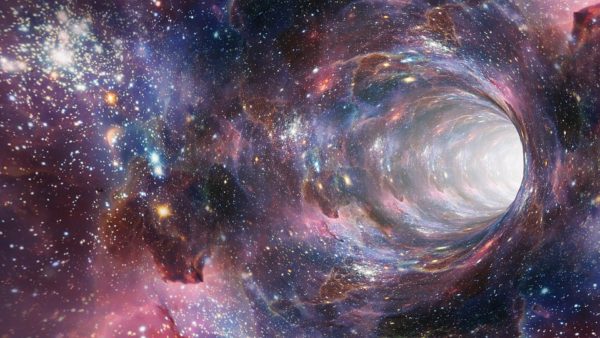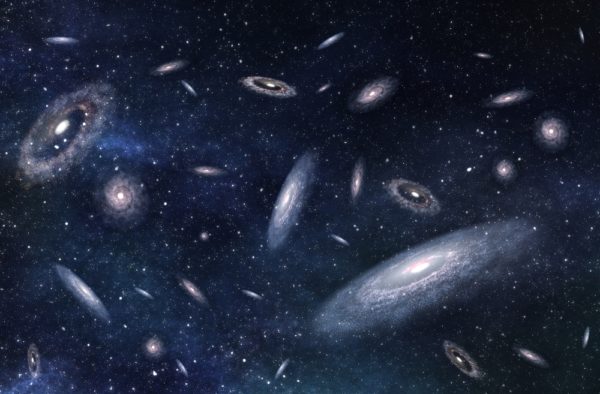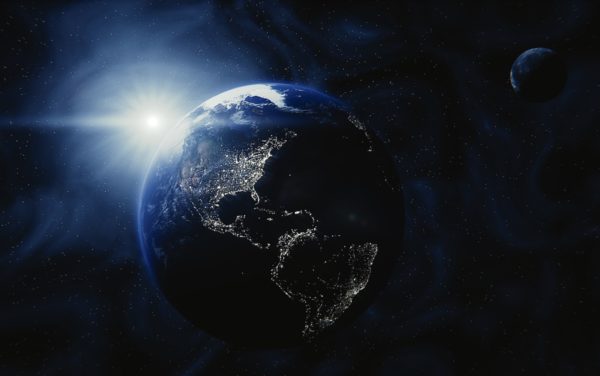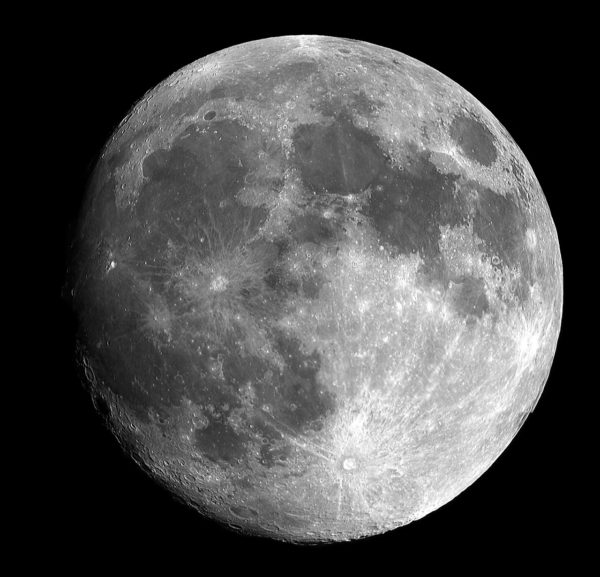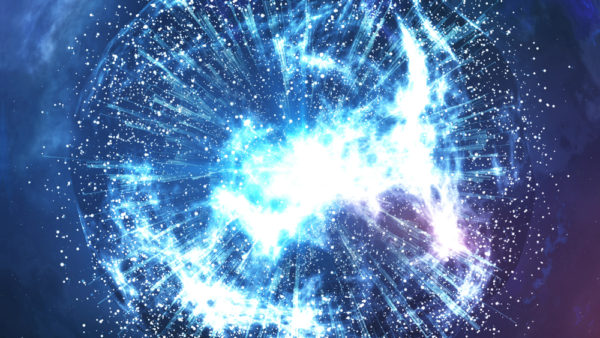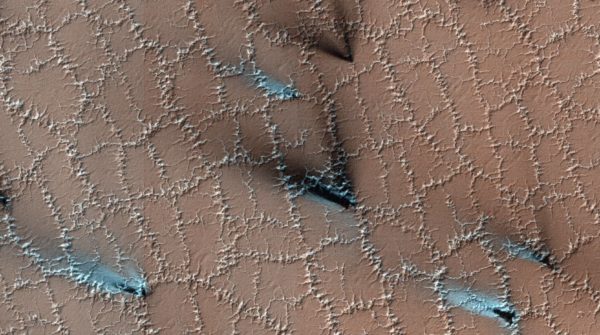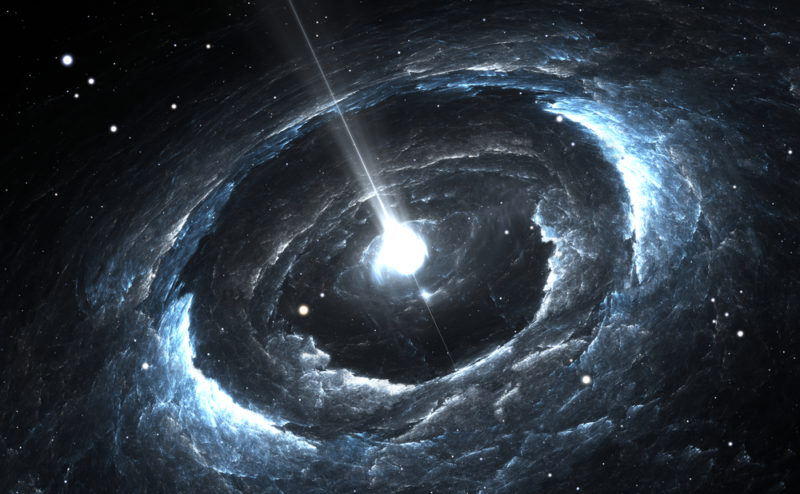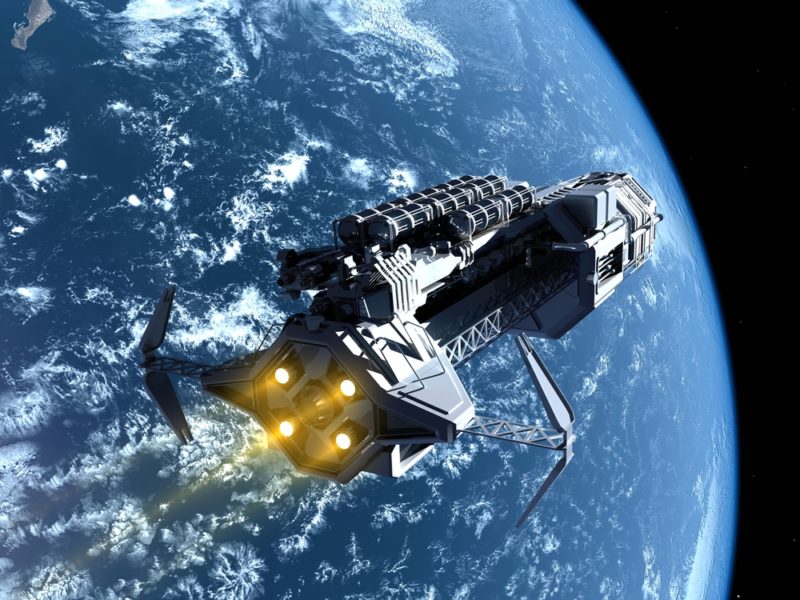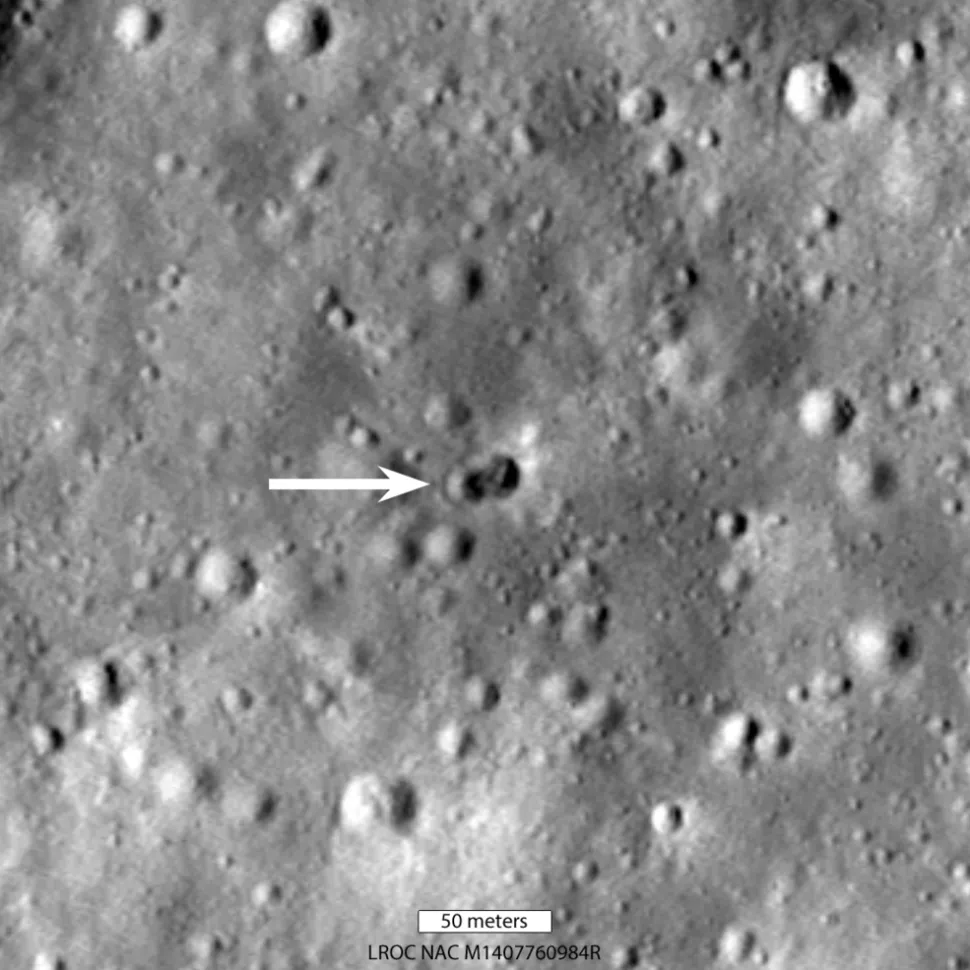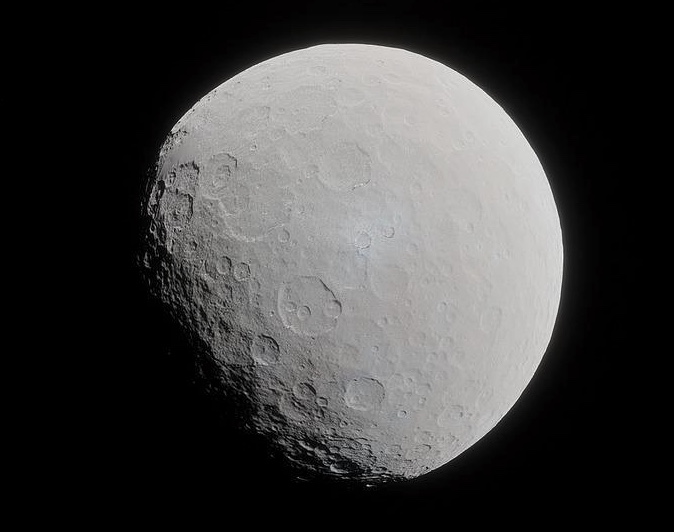Writer Fuel: Seven Scary Space Things
Space: the final frontier. The region between our home planet and everything else in the universe is a big unknown — full of untold wonders, celestial objects so big they boggle the mind, and some truly catastrophic events. Here are seven of the most terrifying things in space. Are you ready for a “megacomet”? The … Read more

